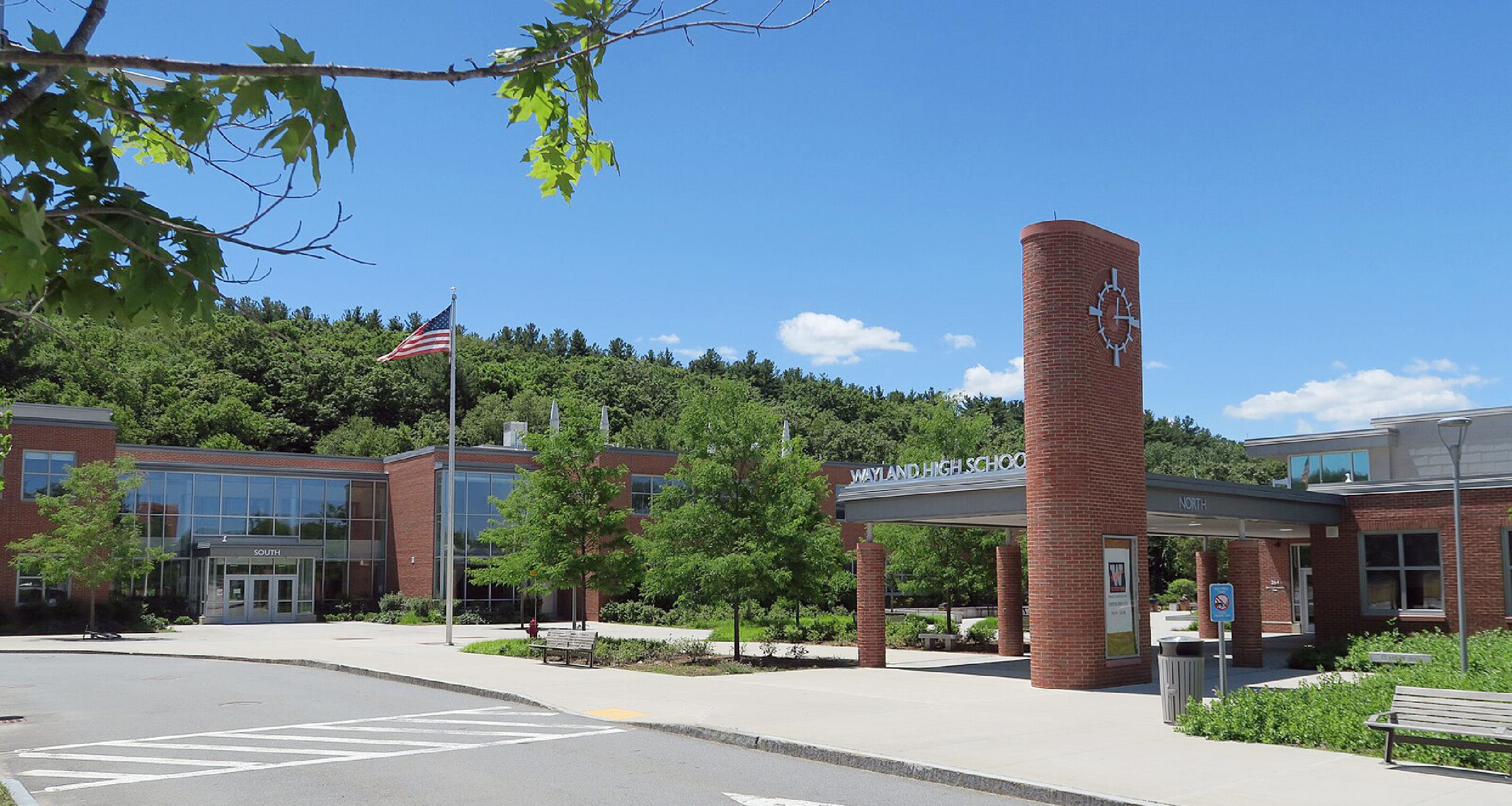Nearly one in five Wayland Public Schools students receives special education services, which range from in-class assistance to specialized programs to enrollment outside the district. However, federal funding — one of the primary sources of revenue for special education — is in jeopardy under the Trump administration.
As of July 7, the state government confirmed that the federal government would withhold under review a range of education grants, including support for the children of migratory agricultural workers, English-language learners, after-school programs, and technology learning.
In Massachusetts, towns are required to provide special education services to eligible students from ages 3–22, ensuring a free and appropriate public education in the least restrictive environment. Wayland funds special education primarily through a combination of local, state, and potentially federal sources. The town also relies on resources such as the METCO Supplemental Special Education Grant. Additionally, the Wayland Special Education Parent Advisory Council (SEPAC) accepts donations to support their work in enhancing special education services.
Wayland also maintains a Special Education Stabilization Fund — a reserve it can dip into to help stabilize the tax impact of fluctuating special education costs, which can be unpredictable as those costs depend on how many special needs students move in or out of the district in a given year. Voters approved the fund in 2023, and each year since, the town has contributed $150,000 in tax revenue. Next year, however, the town will bump that number to $500,000 to help cover future costs.
Wayland is currently unaffected by most of the deepest cuts, as its federal funding mainly consists of special education funds through Title I, which provides support to low-income students, and IDEA, which supports a free and appropriate education for children with disabilities. All of those funds have been promised for the upcoming school year.
Still, Wayland Superintendent of Schools David Fleishman is worried about the threats to education funding. “The federal funding cuts are very concerning because of the fact that districts are already expecting this money to open schools in the fall,” he said. Consequently, he’s trying to control expenses by providing special education services in town as much as possible.
“We certainly here in Wayland do everything possible to keep students in-district, and that’s why we’re expanding programs, both for students with academic needs, those emotional needs, but particularly students who have reading issues or [have dyslexia],” Fleishman said.
Programs for different cohorts
Wayland’s special education programs include the SKIP, ARC, and ALRT programs at the elementary, middle, and high school levels, respectively, which focus on supporting students with physical, intellectual, and emotional disabilities through a mix of inclusive and separate settings.
The Language-Based Classroom (elementary) and Language-Based Program (middle and high school) address significant language-based learning disabilities, combining co-taught classes, small group reading and writing support, and in-class assistance. At the elementary level, the Milestones/Achieve programs use a research-based approach called Applied Behavior Analysis to give intensive, individualized instruction to a cohort of students, the majority of whom have an autism diagnosis.
Of Wayland’s 531 enrolled students with disabilities, 84% spend at least 80% of the school day inside the general education classroom, 7% spend between 40% and 79% of the day, and 1.9% spend less than 40% of the day with the general education classroom. But in Wayland, there are 34 students whose needs the district’s programs cannot serve. Those children enroll at alternative schools that accommodate them — on the town’s dime. “Particularly because we’re a small district, that we don’t have programs to meet the needs of all kids, but certainly want to whenever possible,” Fleishman said. “But sometimes we have students who are medically fragile or who have very complex social and emotional needs.”
Out-of-district tuition and transportation for special needs students is a costly line item in the school’s yearly budget, and it isn’t easy to predict. Last year, the out-of-district special education enrollment contributed to a $1.2 million budget shortfall (see story starting on page 1.) In the FY26 budget, tuition alone totaled $2.18 million. These costs are also subject to drastic fluctuation, as the addition or subtraction of even a few students to this list could mean a difference of hundreds of thousands of dollars. For example, in this upcoming school year, four children are on pending lists for out-of-district enrollment. If the district follows through on those enrollments, that’s another $600,000 added to the budget.
Jen Socha, director of the Language-Based Classroom at Claypit Hill School, advocates for keeping services in town. She said that her program’s services are crucial to keeping students with language-based disabilities serviced in the district.
“I would say [that for] the typical child who has a language-based learning disability and needs a language-based program, our program is definitely — I’m tooting our own horn here — as good as going to a private school, if not better,” Socha said. “Therefore, by investing money into our program, to expand it, to make sure we’re staffed fully, is going to save the district money in the long run.”
















